Regulatory Support
Regulatory support is emerging as a crucial driver for the Glue Laminated Timber Market. Governments worldwide are increasingly implementing policies that promote the use of sustainable building materials. These regulations often include incentives for using eco-friendly products, which can enhance the market appeal of glue laminated timber. For instance, certain regions have introduced building codes that favor timber construction, recognizing its environmental benefits. This regulatory landscape is expected to foster a more favorable environment for the Glue Laminated Timber Market, encouraging manufacturers and builders to adopt glue laminated timber in their projects. As these supportive measures gain traction, the market is likely to witness accelerated growth, driven by both compliance and consumer demand for sustainable options.
Urbanization Trends
Urbanization trends are significantly influencing the Glue Laminated Timber Market. As urban populations grow, the demand for efficient and sustainable building solutions escalates. Glue laminated timber offers a lightweight yet strong alternative to traditional materials, making it particularly suitable for high-rise constructions and urban developments. Recent statistics suggest that urban areas are projected to account for over 70% of the global population by 2050, creating a pressing need for innovative building materials. This urban expansion is likely to drive the adoption of glue laminated timber in various construction projects, as it meets the requirements for both aesthetic appeal and structural integrity. Consequently, the Glue Laminated Timber Market stands to benefit from these urbanization trends, positioning itself as a key player in modern construction.
Architectural Trends
Architectural trends are significantly shaping the Glue Laminated Timber Market. The increasing popularity of modern and innovative architectural designs has led to a greater acceptance of glue laminated timber as a viable construction material. Architects are increasingly drawn to the aesthetic qualities of glue laminated timber, which offers versatility in design and can be used in various applications, from residential homes to commercial buildings. Recent surveys indicate that approximately 40% of architects prefer using timber materials for their projects, highlighting a shift towards more natural and sustainable building solutions. This trend is likely to continue, as the demand for unique and environmentally friendly designs grows, further propelling the Glue Laminated Timber Market.
Technological Innovations
Technological innovations play a pivotal role in shaping the Glue Laminated Timber Market. Advances in manufacturing processes, such as improved adhesive formulations and automated production techniques, have enhanced the quality and performance of glue laminated timber. These innovations not only increase the strength and durability of the product but also reduce production costs. Recent data indicates that the introduction of new technologies has led to a 20% increase in production efficiency. Furthermore, the integration of digital tools in design and engineering processes allows for more precise and customized solutions, catering to diverse architectural needs. As technology continues to evolve, it is expected to further propel the Glue Laminated Timber Market, making it a more attractive option for builders and architects.
Sustainability Initiatives
The Glue Laminated Timber Market is experiencing a notable shift towards sustainability initiatives. As environmental concerns gain prominence, the demand for eco-friendly building materials is on the rise. Glue laminated timber, being a renewable resource, aligns well with these sustainability goals. In recent years, the market has seen a surge in projects that prioritize sustainable construction practices. For instance, the use of glue laminated timber in commercial and residential buildings has increased by approximately 15%, reflecting a growing preference for materials that minimize carbon footprints. This trend is likely to continue, as more stakeholders in the construction sector recognize the benefits of using sustainable materials, thereby driving growth in the Glue Laminated Timber Market.
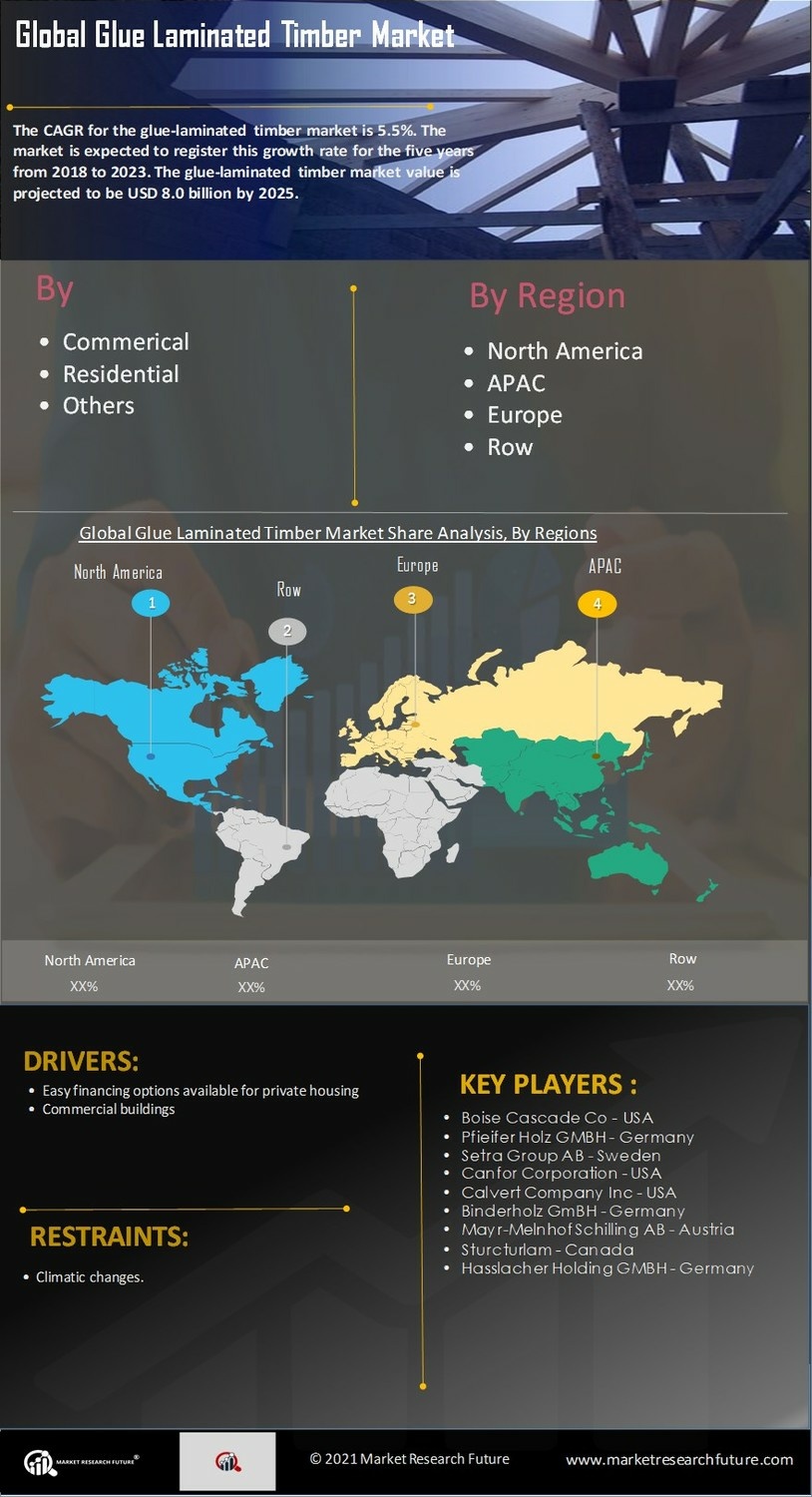

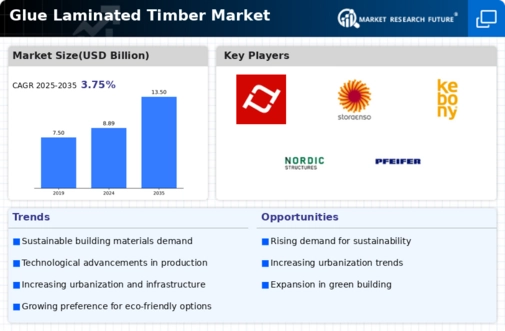
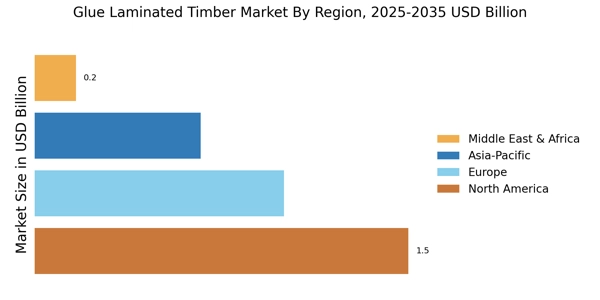
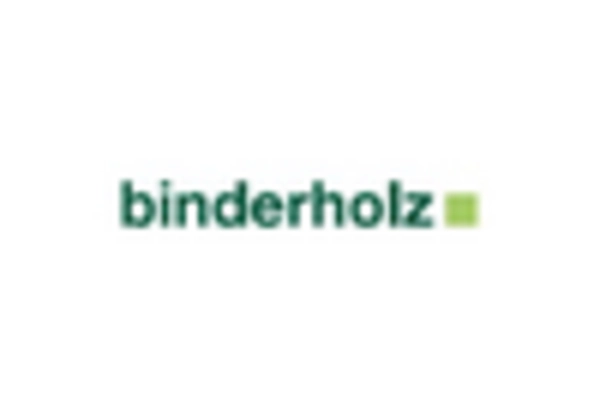
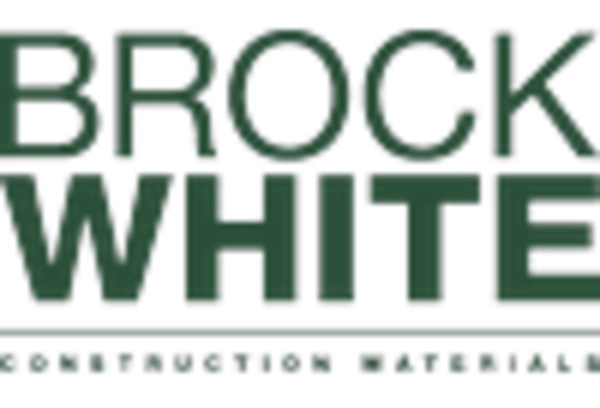
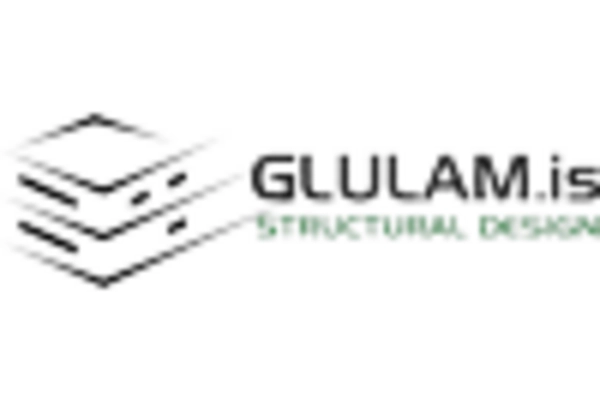
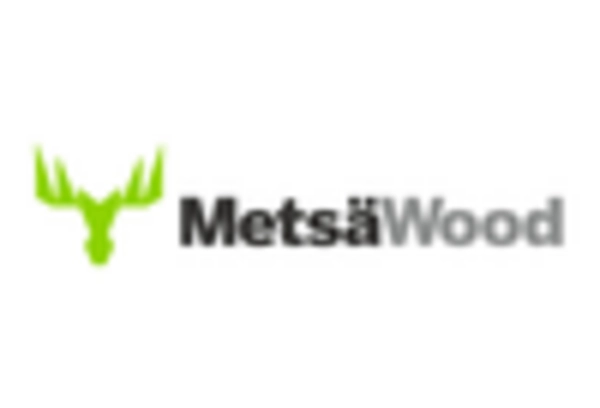
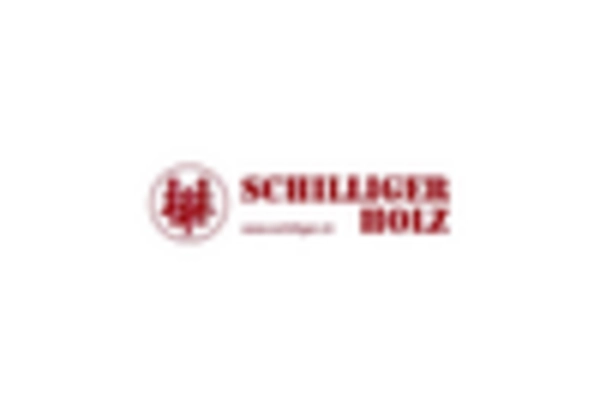
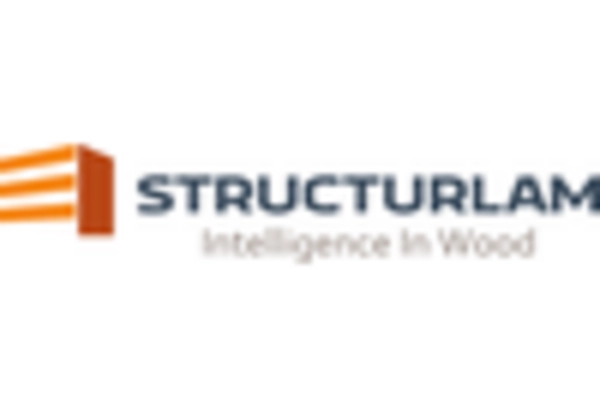








Leave a Comment